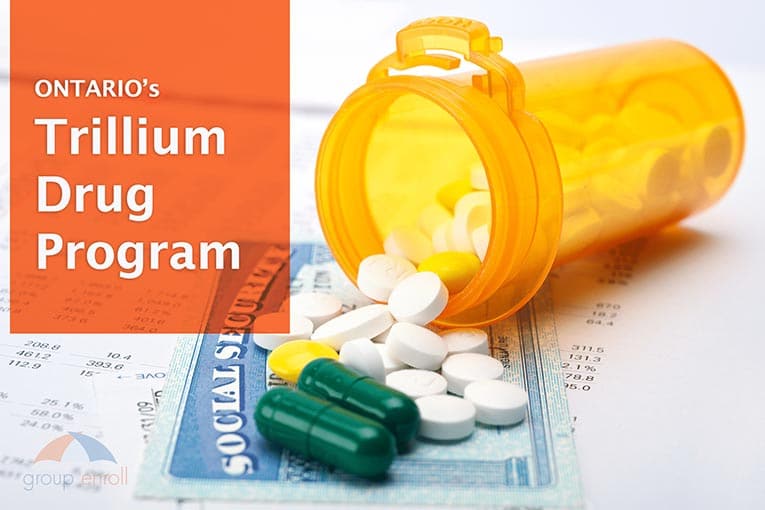Canadians who are unable to work due to illness or injury can apply for short-term disability (STD), which usually provides benefits for up to six months. Let’s take a look at what short-term disability is, how it works, and who qualifies for benefits.
Table of Contents
Why Short-Term Disability Coverage is Important
Most people understand the importance of long-term disability insurance, which provides coverage for individuals unable to work due to permanent conditions.
However, even a temporarily disabled person may struggle financially due to loss of income and increased medical expenses, all while being unable to qualify for long-term disability. In this situation, most people are glad to have short-term disability coverage to support them during recovery.
Is it Mandatory?
While short-term disability coverage isn’t mandatory, it is highly advisable to have. Life can be unpredictable, and an unexpected loss of income for long weeks or months can lead to extreme duress.
If you are an employer, providing short-term disability coverage for your employees gives them a safety net while they are temporarily unable to work. Short-term coverage may also help an employee recover sooner, for example, by funding additional medical treatment.
Additionally, employers that provide STD coverage for workers may qualify for lower employment insurance (EI) premium rates as they may opt-out of EI sickness benefits.
Short-Term Disability Insurance
When looking for short-term disability insurance for your business, you should keep a few things in mind. Here are some questions you might want to ask when evaluating your options:
- How much will your employees receive?
- When will they receive benefits in the event of a claim?
- What are the payment intervals for the plan?
- Are the benefits paid taxable?
These factors will impact your employees directly and determine the quality of the short-term disability coverage.
Understanding Long Term Disability In Canada
Short & Long Term Disability insurance is a common feature of a group benefits plan. It eases the financial burdens associated with disabilities or illnesses.
Consulting a Doctor for a Medical Prognosis
As an applicant prepares to apply for disability, they need to get a doctor’s prognosis regarding how long they will need to remain off work. Short-term disability benefits will typically cover no longer than six months. If a doctor states that the applicant will likely be unable to work for a longer period, they might need to apply for long-term disability.
Understanding recovery prognosis timelines is also important for work rehabilitation plans. Based on a doctor’s recommendations, your employee can work with you to figure out a viable back-to-work strategy, which may include modified duties, work conditions, or hours.
How to Apply for Short-Term Disability
The claim process will usually depend on the short-term disability plan and requirements set by the insurance provider. Here are some tips that make applying for short-term disability benefits more straightforward and efficient that you can share with your employees:
- Provide accurate, comprehensive information when filling out the application forms. Make sure not to miss any important details.
- Obtain relevant documents from a doctor or treatment team. Attach any medical evidence pertinent to the claim.
- Attach copies of any necessary legal documents, including a birth certificate, passport, or driver’s license.
- Remember to include any other relevant details, including bank account information, SIN number, and updated address.
Keep in mind that applicants need to submit the application paperwork within a certain period, usually within thirty days after the last day at work. Generally, it is better to submit an application sooner rather than later. Also, processing a claim will likely take no less than ten business days.
STD Benefits: When and How Much?
STD plans usually provide coverage from the first day after an injury or hospitalization and from the 8th– or 15th-day following sick leave. However, the elimination period, or benefit waiting period, could last up to 15 days after hospitalization.
The benefit amount will equal a certain percentage of the employee’s weekly gross income, up to a maximum amount. A taxable STD plan will typically provide a higher percentage of the worker’s gross earnings compared to a non-taxable plan.
Group Enroll: Find a Comprehensive Disability Coverage Plan
With Group Enroll, receiving quotes from major insurance providers quick and easy. Simply fill out our request form and start comparing disability insurance plans today. Group Enroll will help you find affordable short-term disability coverage for your group benefits plan in minutes.








